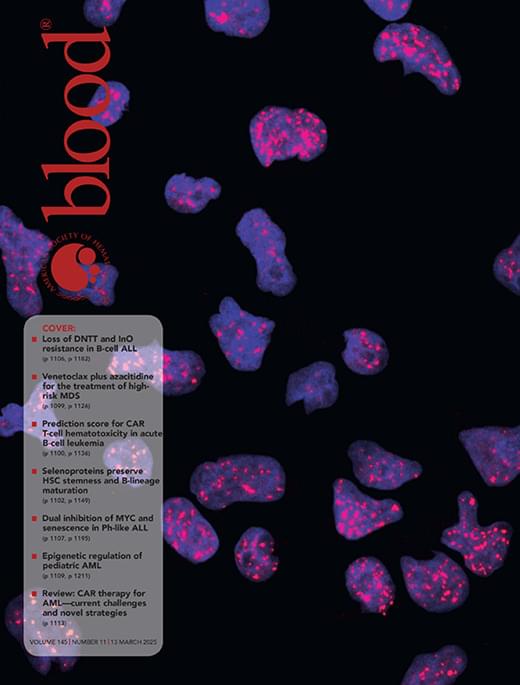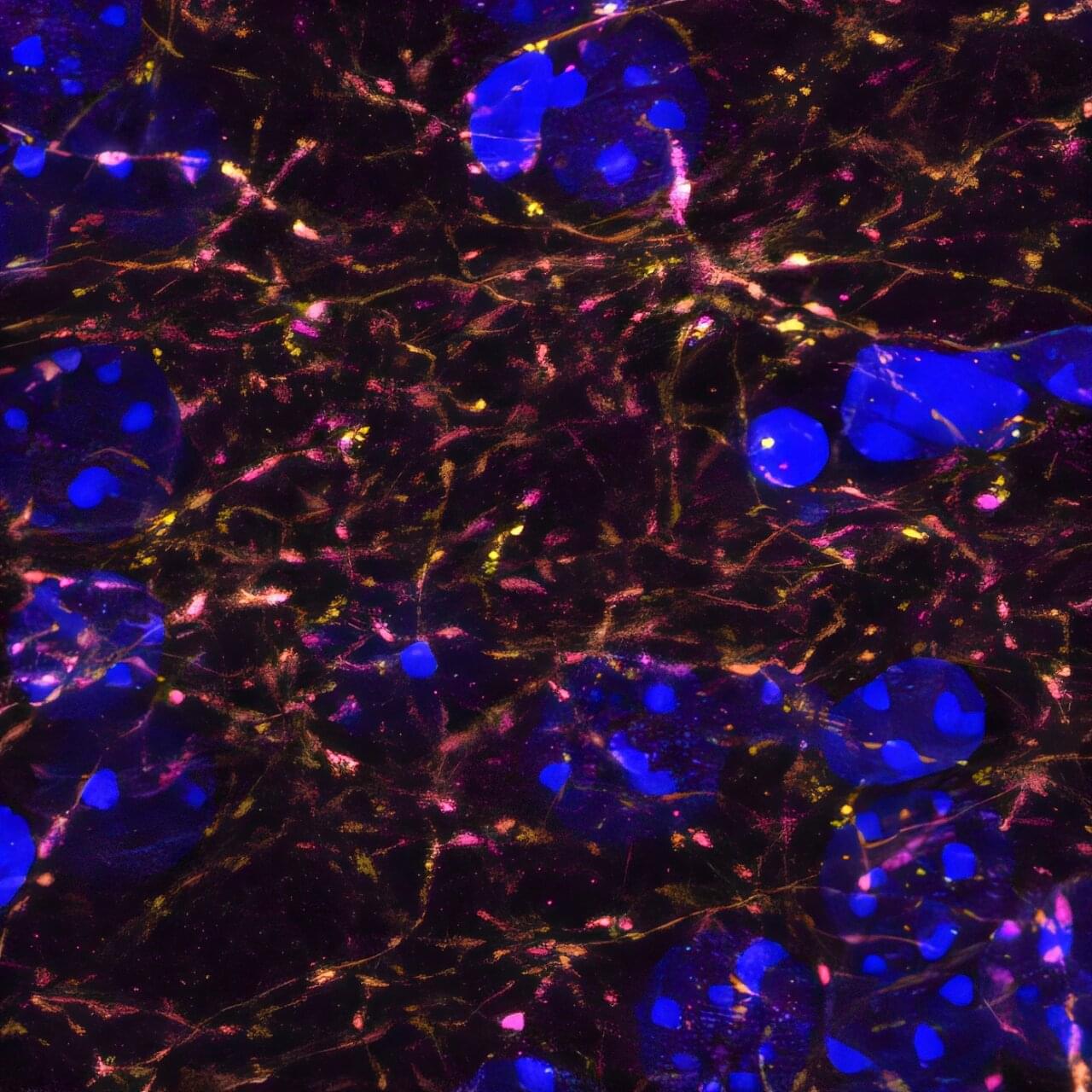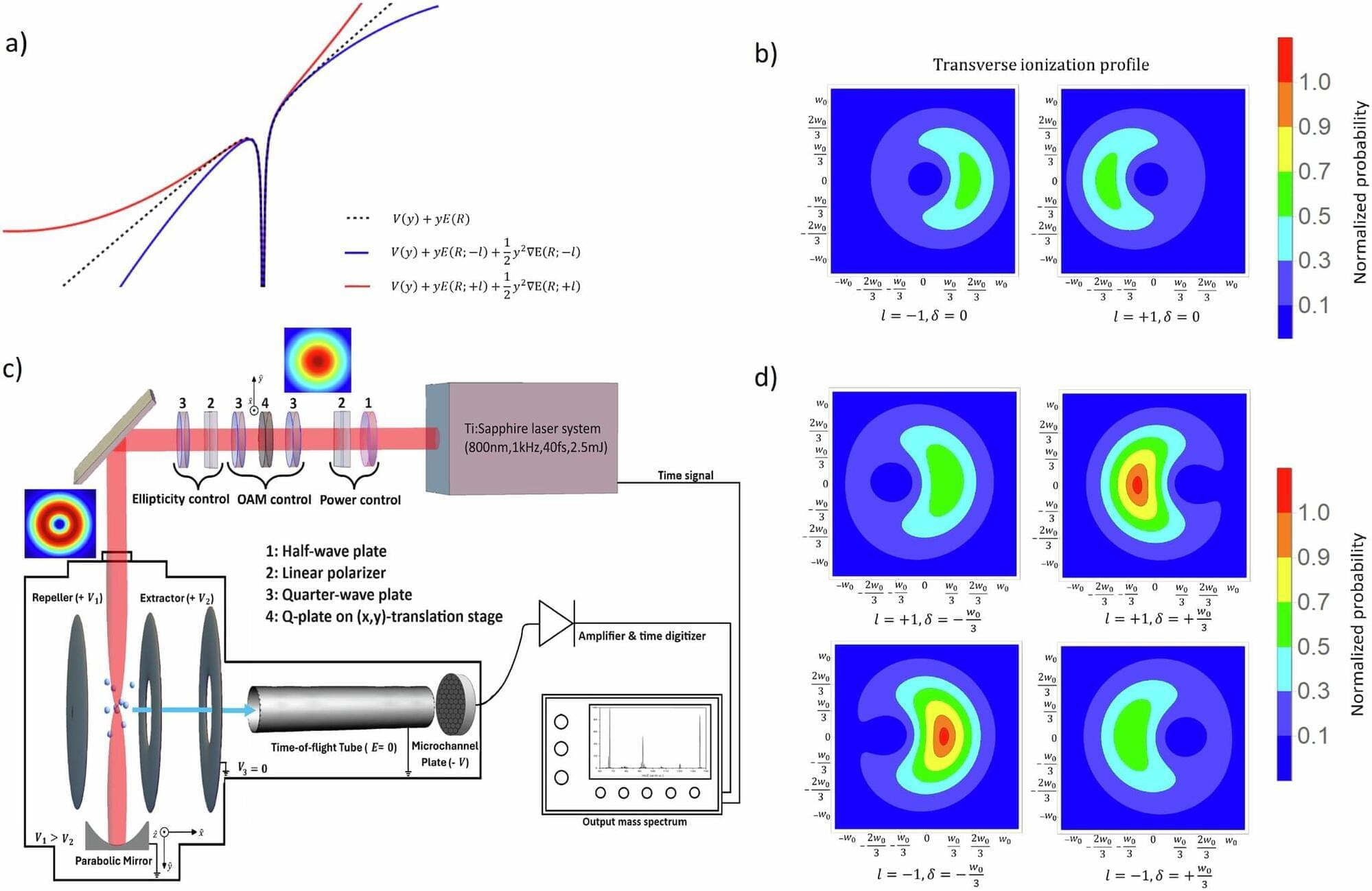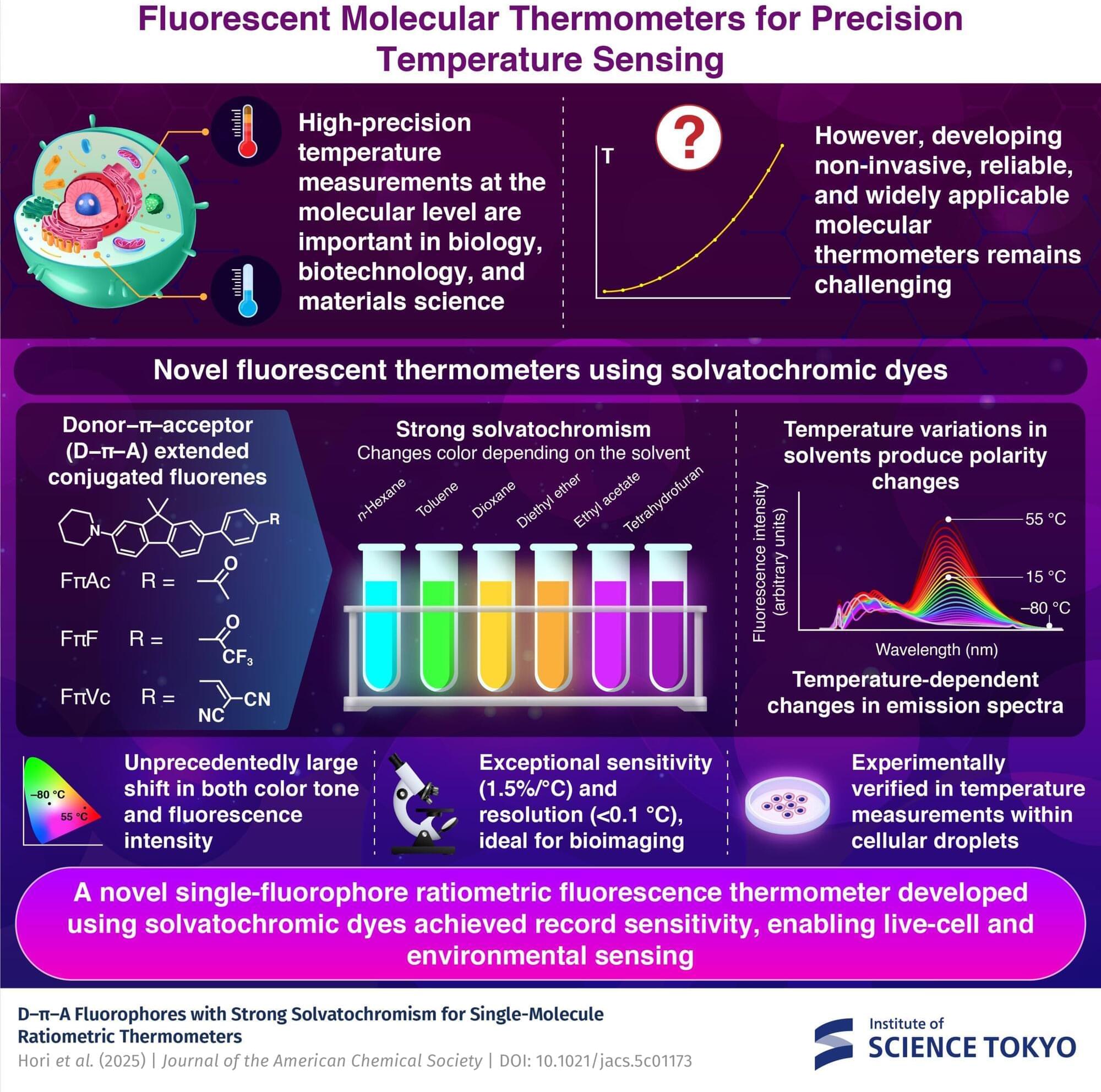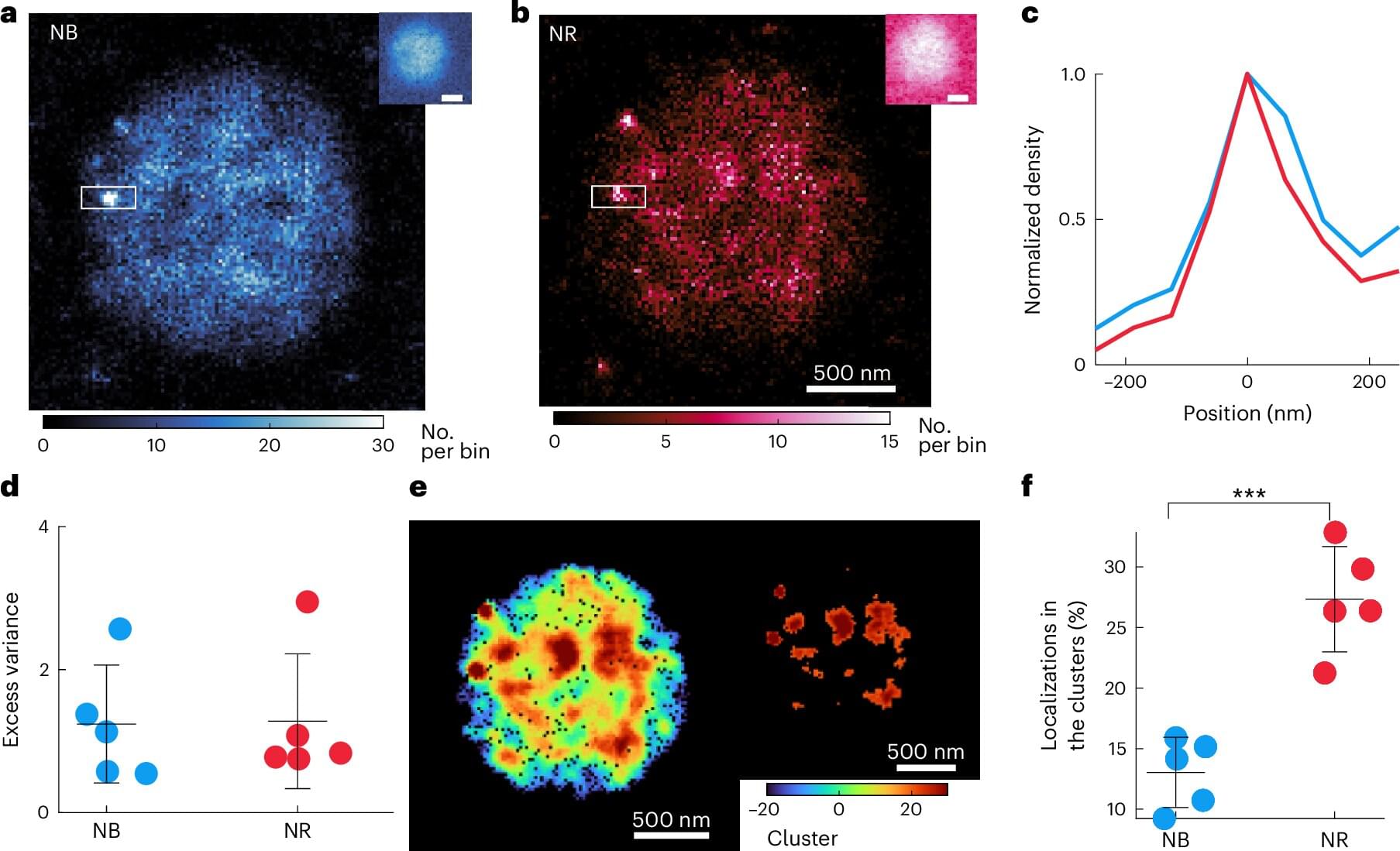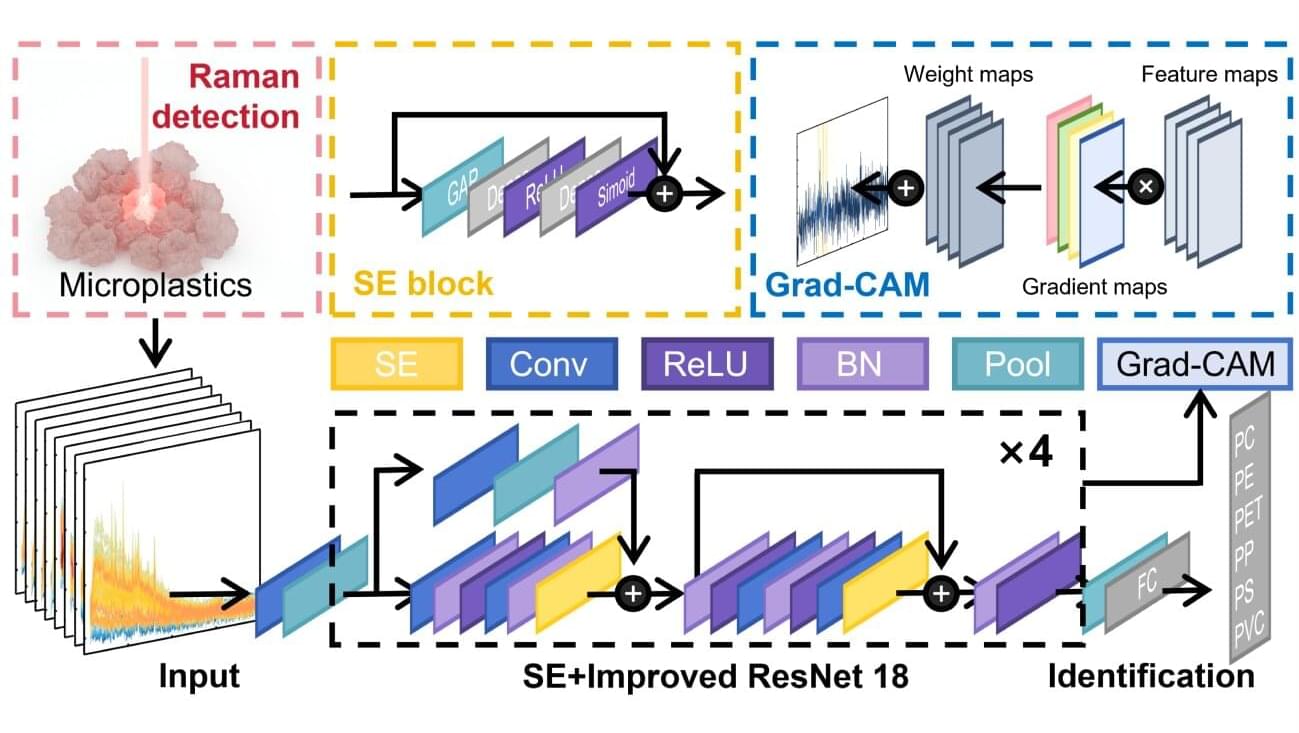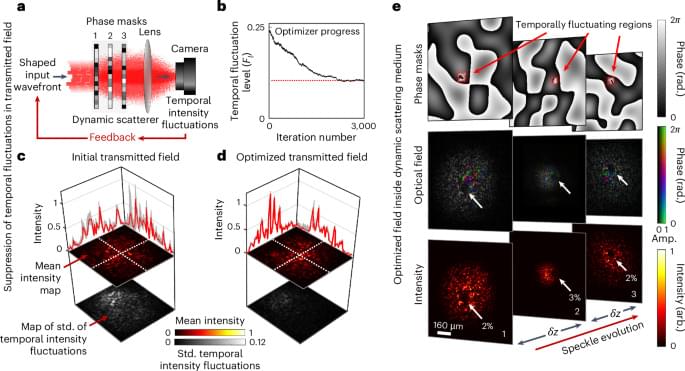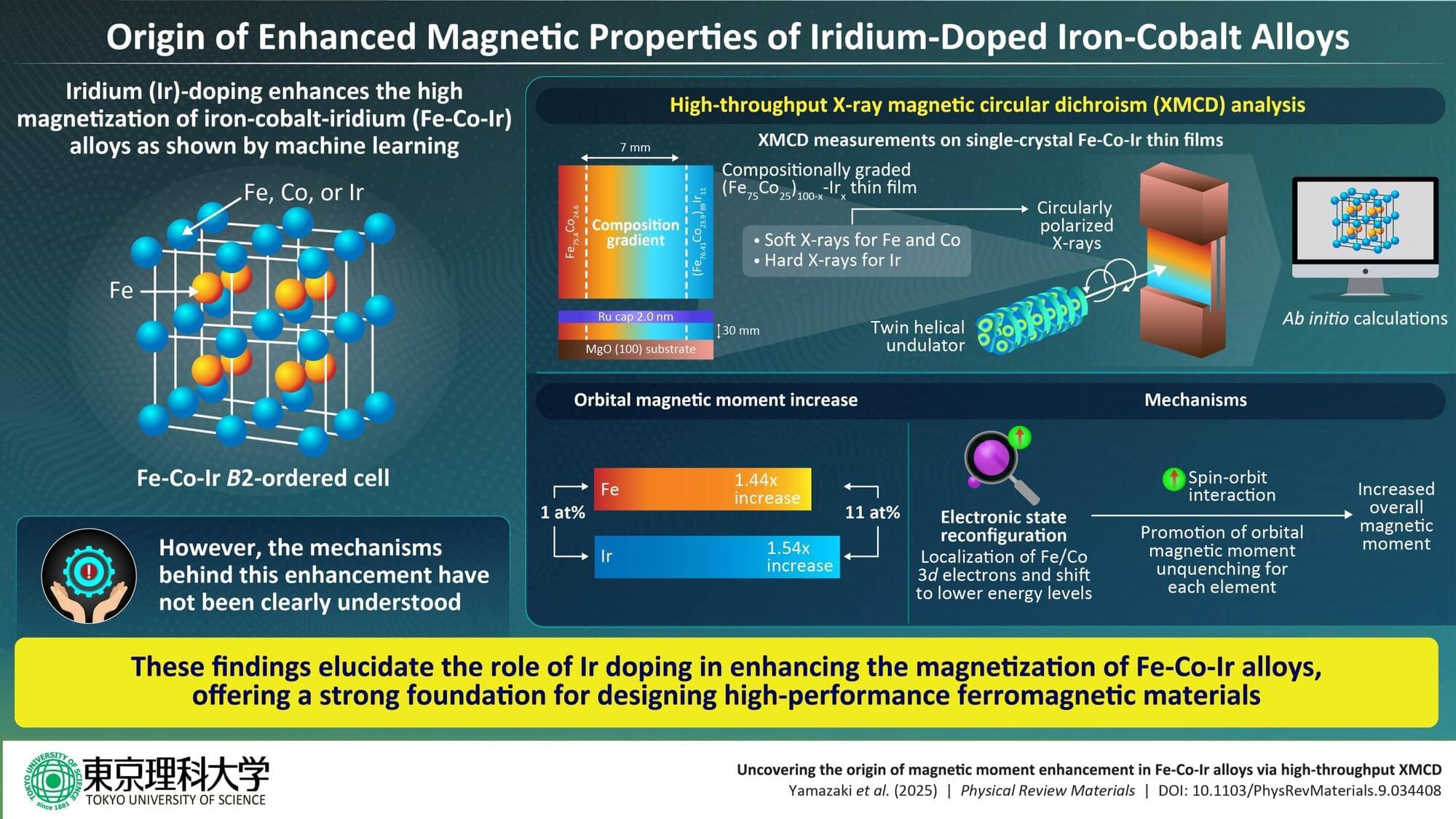A 69-year-old man with metastatic prostate adenocarcinoma, treated with chemotherapy 3 years ago, presented with pancytopenia (white blood cells, 3.1 × 109/L; hemoglobin, 11.1 g/L; platelets, 47 × 109/L). A bone marrow aspirate revealed increased blasts with folded nuclei, deeply basophilic cytoplasm, prominent nucleoli, perinuclear hofs, and occasional salmon-colored cytoplasmic granules without Auer rods (panel A, Giemsa stain, original magnification ×1000, lens objective 100×). The blasts were positive for CD34, CD13, CD19, CD25 (partial), CD33, CD38 (decreased), CD45 (dim), CD64 (partial), CD79a (dim), CD117, CD123, HLA-DR (bright), and myeloperoxidase and negative for CD7, CD10, CD14, CD20, CD22, CD36, CD56, cytoplasmic IgM and terminal deoxynucleotidyl transferase (panel B). Next-generation sequencing detected a DNMT3A mutation (F794del, variant allelic frequency 2%), likely representing bystander clonal hematopoiesis. Cytogenetic analysis revealed an abnormal karyotype (46,XY,+1,der(1;15)(q10;q10), t(16;21)(q24;q22)[20]) (panel C). Result of dual-color fusion fluorescence in situ hybridization (FISH) was negative for RUNX1::RUNX1T1. Nevertheless, 23% of the cells exhibited 3 copies of RUNX1, suggesting RUNX1 rearrangement with another partner (panel D); RUNX1 rearrangement was confirmed by FISH using a break-apart probe (panel E). Optical genome mapping confirmed the presence of RUNX1::CBFA2T3 (panel F). Acute myeloid leukemia (AML) with RUNX1::CBFA2T3 is a rare AML with characteristic morphologic and immunophenotypic features that overlap with AML with RUNX1::RUNX1T1. This case highlights the morphologic and immunophenotypic similarities between these AML subtypes and raises awareness of this rare entity.
Wei J. Wang, Sanam Loghavi; Acute myeloid leukemia with RUNX1:: CBFA2T3 fusion. Blood 2025; 145 (11): 1226. doi: https://doi.org/10.1182/blood.2024027698
Download citation file:
